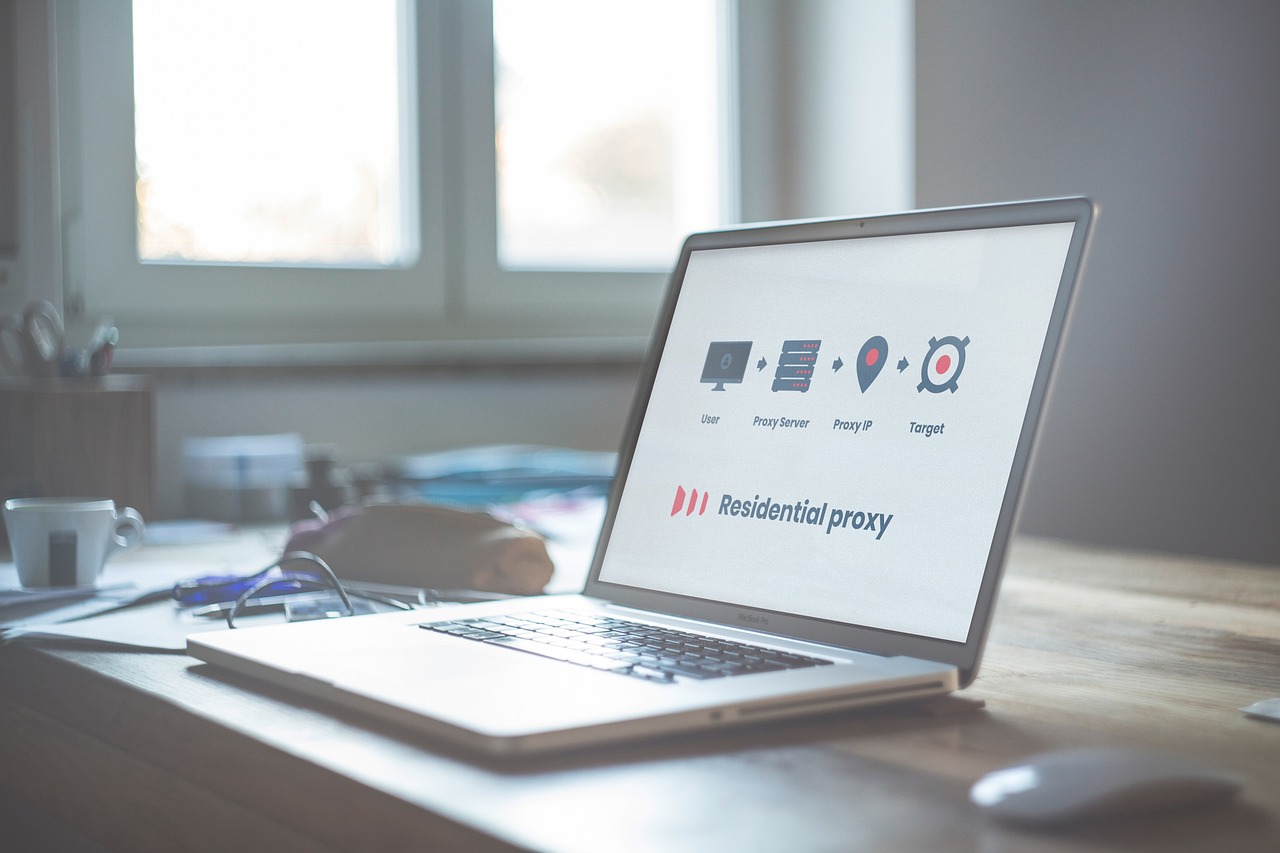Internet access has become a basic need in the Philippines. Whether you’re working from home, studying online, running a business, or simply streaming videos, having a stable and affordable connection from reliable internet providers matters. Many Filipinos search for the best and most budget-friendly options, but it can be confusing to compare plans, speeds, and providers.
This guide makes everything simple.
In this article, you’ll learn:
✔ The most affordable internet providers in the Philippines
✔ What makes a provider worth the money
✔ A comparison of speeds, prices, and features
✔ Tips to save on monthly bills
✔ FAQs, expert insights, and practical advice
If you’re choosing your first plan or planning to switch, this guide will help you make the best choice.
What Makes an Internet Provider Affordable?
“Affordable” doesn’t just mean “cheap.” A good provider gives you value for the price you’re paying. Here’s what to look at:
Price vs. Value
Some plans are cheap but slow. Others are slightly more expensive but give you faster, more reliable service. Consider what you need—video calls, online classes, streaming, gaming—and choose the plan that fits your lifestyle.
Speed Tiers and Data Allocation
Internet speeds in the Philippines range from 10 Mbps to 1 Gbps. For basic browsing and social media, 25–50 Mbps is enough. For HD streaming and work-from-home setups, 50–100 Mbps is better.
Contract Length and Hidden Fees
Many providers include:
- Lock-in periods (usually 12–36 months)
- Installation fees
- Modem fees or deposits
- Disconnection penalties
Knowing these upfront prevents unexpected charges.
Availability and Service Coverage
Even the best plan won’t matter if the provider is not available in your area. Fiber coverage continues to grow in cities and provinces, but some areas still rely on wireless or prepaid internet options.
Top Affordable Internet Providers in the Philippines (2025 Overview)
Here’s how we ranked them:
✔ Price
✔ Speed
✔ Reliability
✔ Customer reviews
✔ Availability
PLDT Home
PLDT is one of the most known internet providers in the country. While not always the cheapest, it offers stable fiber connections.
Cheapest Plan: ₱999/month for 50 Mbps
Pros:
- Reliable fiber connectivity
- Wide coverage nationwide
- Good for heavy usage
Cons:
- Higher installation fees
- Customer service can be slow
Best for: Families that need a stable, no-drop connection for work or school.
Globe At Home
Globe offers budget-friendly options with flexible fiber plans and prepaid alternatives.
Cheapest Plan: ₱949/month for 35 Mbps
Pros:
- Good mobile + home internet bundles
- Prepaid plans for no lock-in
- Frequent promos
Cons:
- Speed may vary by area
- Customer support wait times
Best for: Light to moderate users who want flexible options and promos.
Converge ICT
Converge is one of the fastest-growing fiber internet providers known for high-speed, affordable plans.
Cheapest Plan: ₱1000/month for 100 Mbps
Pros:
- Best speed for the price
- Stable fiber
- Great for streaming and gaming
Cons:
- Limited coverage in rural areas
- Customer service feedback varies
Best for: Streamers, gamers, and large households needing high-speed fiber.
Sky Fiber
Sky Fiber is known for offering some of the most budget-friendly plans.
Cheapest Plan: ₱899/month for 30 Mbps
Pros:
- Low monthly cost
- Good for small households
- Quick installation
Cons:
- Less reliable during peak hours
- Coverage not as wide
Best for: Light users and small families.
DITO Home WiFi / AirFiber
DITO is a newer telecom brand offering wireless and air fiber options.
Cheapest Plan: ₱990/month for 50 Mbps (AirFiber)
Pros:
- No complex installation needed
- Unlimited data options
- Good in areas without fiber
Cons:
- Performance depends on signal
- Still expanding coverage
Best for: Homes without terrestrial fiber access.
GOMO / Prepaid Internet Options
Prepaid internet is ideal for flexible, no-contract users.
Popular Plan: ₱299 for 30GB (No expiry)
Pros:
- No lock-in contract
- Budget-friendly
- Mobile and hotspot-ready
Cons:
- Not ideal for heavy users
- Signal-dependent speeds
Best for: Students, mobile workers, and light browsing.
Price Comparison Table of Affordable Internet Plans
| Provider | Monthly Fee | Speed | Contract | Installation Fee | Best For |
|---|---|---|---|---|---|
| PLDT | ₱999 | 50 Mbps | 24–36 months | ₱1,000–₱3,600 | Families |
| Globe | ₱949 | 35 Mbps | 12–24 months | ₱1,000 | Light users |
| Converge | ₱1000 | 100 Mbps | 24 months | ₱2,500 | Streaming/Gaming |
| Sky Fiber | ₱899 | 30 Mbps | 12 months | Low–Medium | Small households |
| DITO AirFiber | ₱990 | 50 Mbps | No lock-in | Free/Low | Fiber-less areas |
| GOMO Prepaid | Load-based | Varies | None | None | Students |
Factors to Consider Before Choosing an Internet Provider
Location and Fiber Availability
Always check coverage before subscribing.
Real-World vs Advertised Speeds
Actual speeds may be 70–90% of the advertised rate.
Customer Service Quality
Look for providers with quick tech support and easy request processes.
Data Caps and Throttling
Most fiber plans are unlimited, but some wireless plans throttle after heavy usage.
Extra Features
- Mesh WiFi
- Streaming app bundles
- Security features
- Loyalty rewards
Tips for Lowering Monthly Internet Costs
✔ Negotiate your plan — ask for loyalty discounts
✔ Choose the right speed — don’t pay for more than you need
✔ Bundle services — mobile + home bundles save money
✔ Switch providers — new customers often get better deals
✔ Avoid add-ons — extra channels or devices increase bills
Best Internet Providers for Specific Needs
Best for Budget Households
Sky Fiber (₱899 for 30 Mbps)
Best for Students and Online Classes
Globe or prepaid GOMO options
Best for Gamers
Converge—high speed at an affordable rate
Best for Remote Work
PLDT for stability and uptime
Best for Areas with No Fiber Coverage
DITO AirFiber or prepaid LTE/WiFi options
Frequently Asked Questions (FAQ)
1. What is the cheapest internet provider in the Philippines?
Sky Fiber offers one of the lowest monthly plans at ₱899.
2. Which provider gives the best value for money?
Converge offers 100 Mbps for ₱1000, which is a strong value.
3. Are prepaid internet options reliable?
Yes, but they depend heavily on mobile signal strength.
4. How do I check if fiber is available in my area?
Visit the provider’s website and use their coverage checker tool.
5. Is 50 Mbps enough for working from home?
Yes, it’s enough for video calls, browsing, and basic tasks.
6. Which internet provider is best for gamers?
Converge is often preferred for its lower latency and higher speeds.
7. What is the best internet provider for provinces?
DITO and Globe wireless options serve many provincial areas.
8. Can I get internet without a lock-in contract?
Yes, prepaid and some DITO plans offer no lock-in.
9. How can I reduce buffering while streaming?
Use 50–100 Mbps plans and connect via LAN instead of WiFi.
10. Do internet providers allow plan upgrades anytime?
Most allow upgrades anytime but lock-ins may reset.
Conclusion
Affordable internet in the Philippines is now easier to find thanks to expanding fiber networks and competitive new providers. Whether you need a simple plan for browsing or a high-speed connection for work and gaming, there’s an option for every budget.
Take time to compare prices, speeds, and coverage so you can get the best value for your money.
Disclaimer
This article is for informational purposes only. Prices, speeds, and promotions may change depending on the provider and location. Always verify details with the official website of each internet provider.



